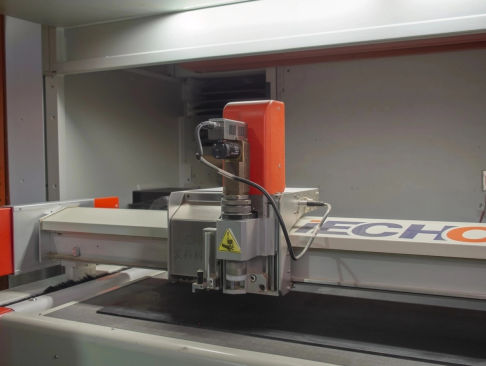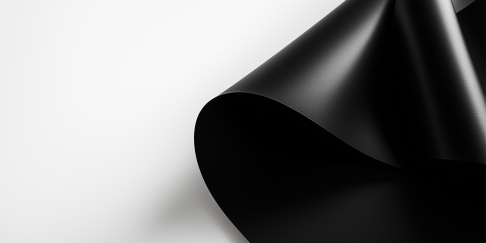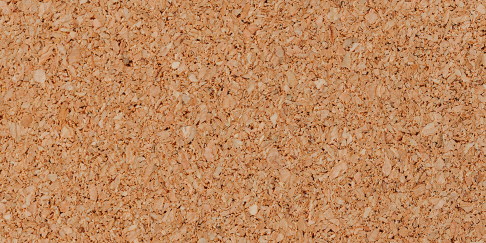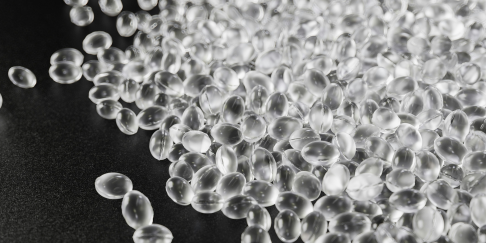Machining subcontractor for over 30 years!
HMW, a robust and economical plastic
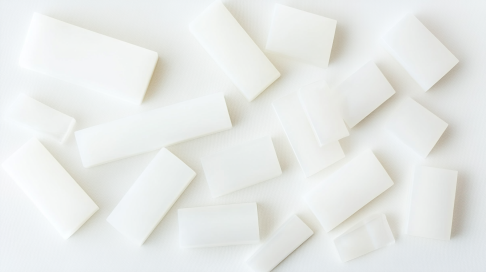
About HMW
HMW (High Molecular Weight Polyethylene) is a high molecular weight polyethylene known for its wear resistance and excellent value for money. This material is often chosen for industrial applications where durability is required without compromising the budget. Its molecular structure provides excellent shock resistance and very low friction, making it ideal for moving parts and surfaces subject to repeated friction.
HMW Characteristics
Mechanical Performance
- Excellent wear resistance: HMW offers great durability against friction and abrasion, making it ideal for guides, rails, and wear plates.
- High impact resistance: even at low temperatures, this plastic absorbs impacts without cracking, making it perfect for applications subjected to significant mechanical stress.
Thermal Performance
- Good low-temperature retention: it maintains its mechanical properties down to -40°C, making it suitable for cold or cryogenic environments.
- Moderate service temperature: it can withstand temperatures up to 80°C in continuous use.
Chemical Performance
- Chemical resistance: excellent compatibility with a wide variety of chemicals, including solvents, acids, and diluted bases.
- Low moisture absorption: ideal for humid environments where other plastics might degrade.
Practicality
- Easy to machine: can be milled, turned, and cut without major difficulties.
- Cost-effective material: providing excellent value for money, HMW is a smart choice for large-scale industrial applications.
Uses of HMW
HMW is widely used in the manufacturing industry for parts subjected to wear and impact, such as chain guides, storage tanks, and conveyor components. Its resistance to moisture and chemicals makes it a popular choice for food and pharmaceutical applications.
FAQ and Comparisons
What is the difference between HMW and UHMW?
UHMW (Ultra High Molecular Weight Polyethylene) has an even higher molecular weight than HMW, providing it with superior abrasion resistance and an even lower friction coefficient. However, HMW remains a more cost-effective alternative while offering excellent performance.
Is HMW compatible with food use?
Yes, certain grades of HMW comply with food standards and can be used for applications in the food and pharmaceutical industries.
Can HMW be welded?
Yes, HMW can be welded using specific techniques such as extrusion welding or hot air welding, although its properties may vary slightly after welding.
How does HMW compare to nylon?
HMW is more resistant to chemicals and has better dimensional stability in humid environments compared to nylon. However, nylon is stiffer and can bear higher mechanical loads.
What are the main advantages of HMW compared to PVC?
HMW is more flexible and more impact-resistant than PVC, but the latter is easier to glue and thermoform. The choice between the two depends on the application and technical constraints.

We drive our clients’ growth through smart, customized subcontracting partnerships.
